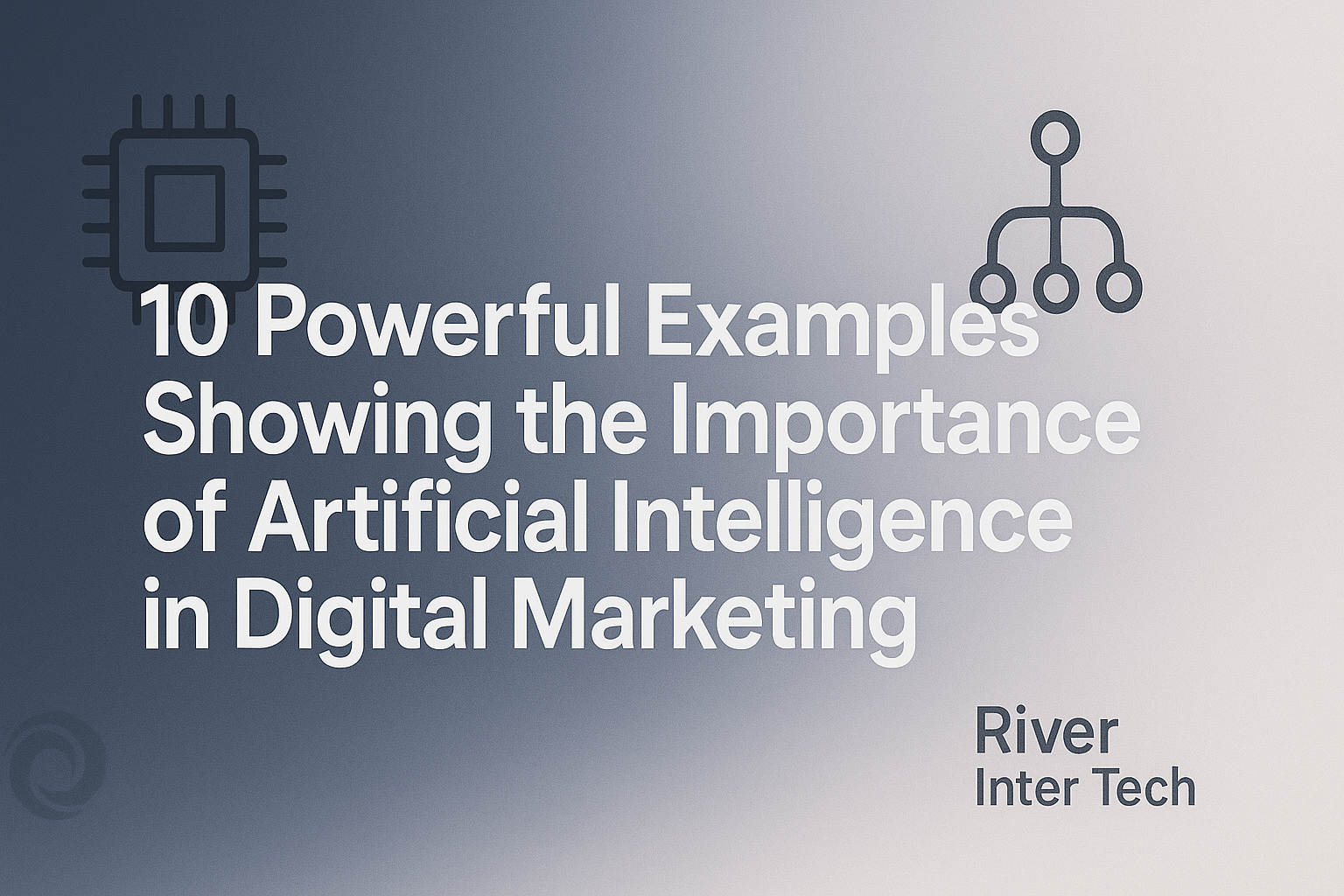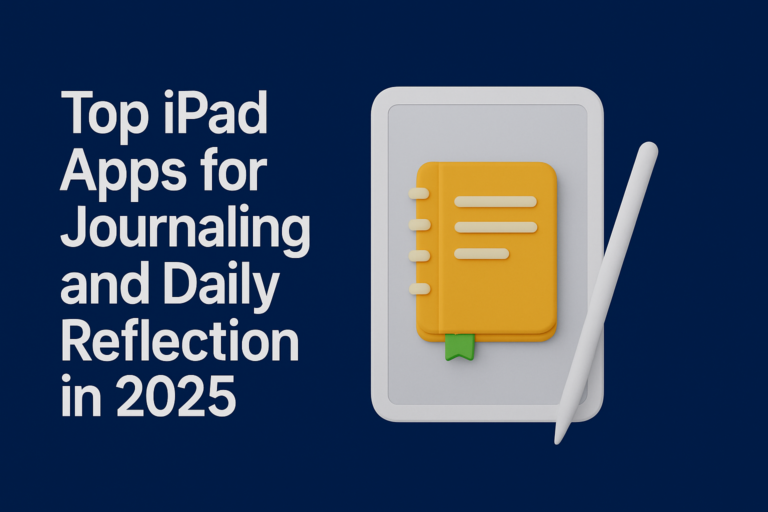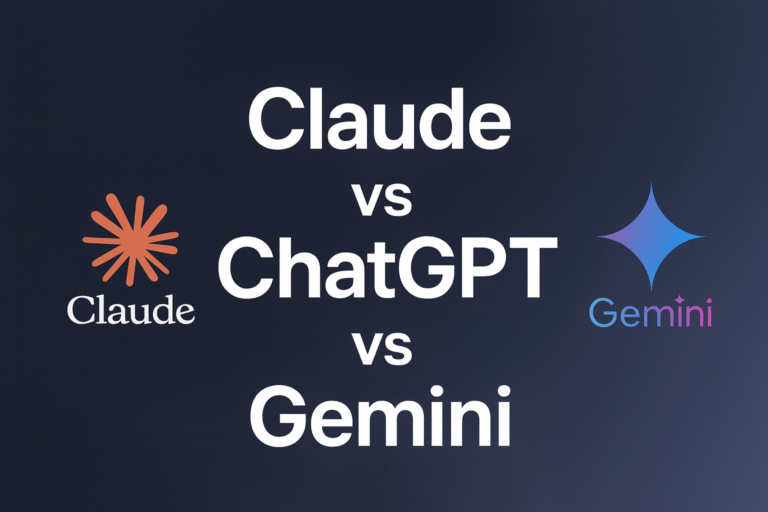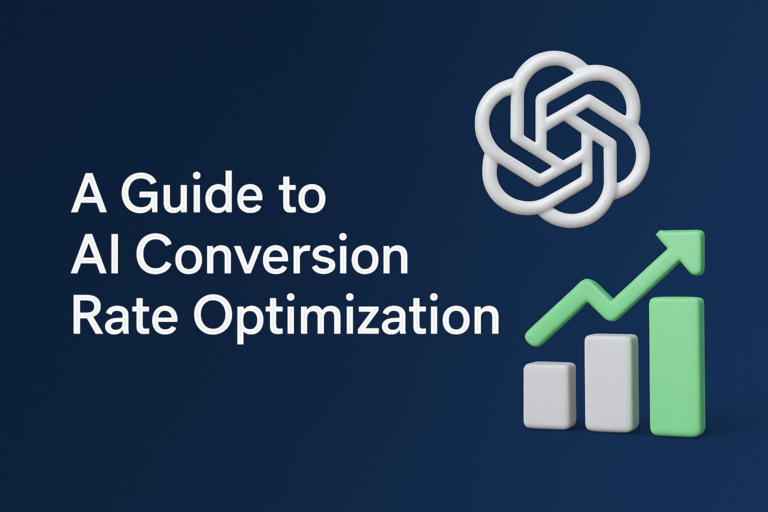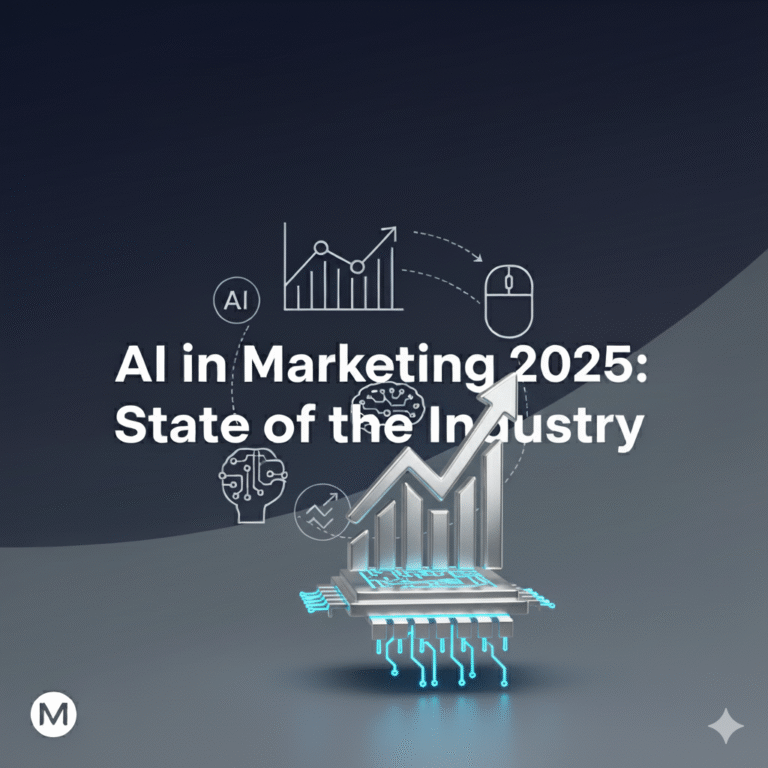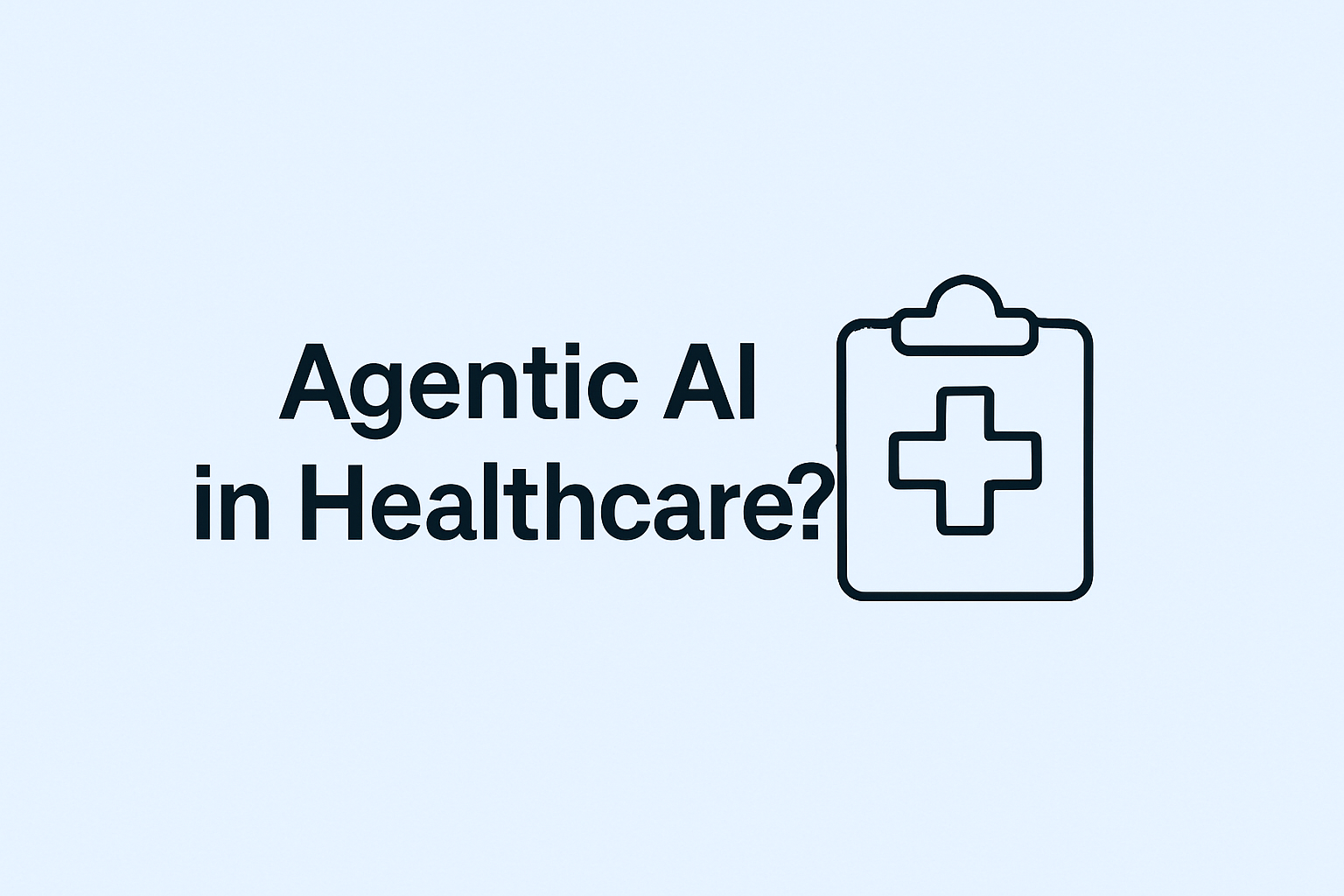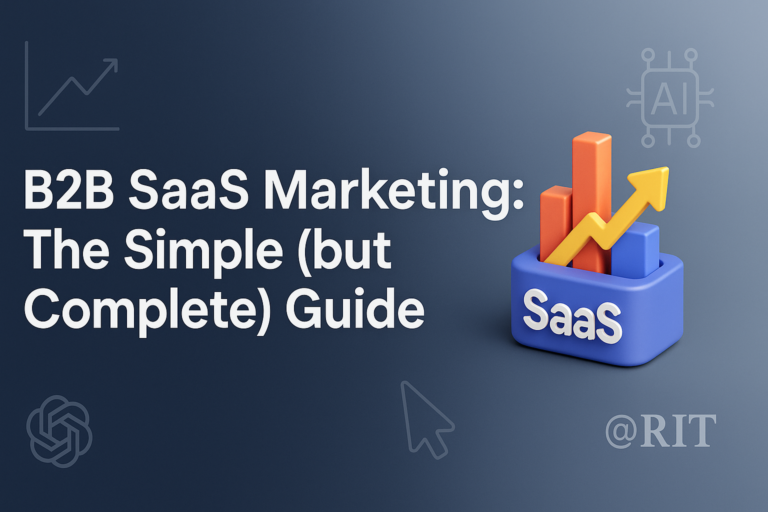Artificial Intelligence in Digital Marketing: 10 Must-See Examples
Why your digital marketing isn’t growing and how AI is already solving it for your competitors.
Your competition isn’t making random choices. They are using artificial intelligence to optimize every digital move.
Not to replace human teams entirely, but to amplify performance in every task. If your campaigns rely on manual decisions, your competitors are already gaining market share.
Today, AI doesn’t guess it calculates, tests, and executes faster than any human team.
The importance of artificial intelligence in digital marketing examples becomes crystal clear when you realize how many of these tools are driving real-world performance.
So, what exactly are they doing that’s giving them such a huge advantage?
Let’s walk through 10 real AI tools currently reshaping the entire digital marketing game.
1. AI-Powered Chatbots: More Than Just Customer Support
AI chatbots are no longer simple tools for answering support questions on websites.
They now manage leads, recommend personalized products, and push exclusive time-sensitive offers.
Powered by machine learning, they improve with each interaction they handle or observe.
They can detect hesitation from customer behavior and respond with context-specific solutions instantly.
For example, a user visiting your pricing page multiple times might receive a targeted incentive.
They might even get added to a high-priority list for your sales team to review. These bots never sleep and don’t wait — they guide the buyer journey 24/7. And they do all this while maintaining your brand’s voice and tone automatically.
By capturing intent signals early, they transform passive browsers into actively engaged prospects. They reduce workload for teams while increasing conversions in a measurable, scalable way.
The more data they gather, the more precise their responses and nudges become. This turns chat into action and every conversation into an opportunity for growth.
2. Predictive Analytics: What Happens Next?
Predictive analytics helps you know who will buy before they click “add to cart.” It tracks user behaviors like page visits, downloads, clicks, or abandoned carts and sessions.
Then, using algorithms trained on historical data, it calculates who’s most likely to convert. You can score leads automatically, adjusting outreach strategies based on urgency and behavior signals.
No more guessing who’s worth a follow-up call or email — now you know. For example, someone revisits your demo page after viewing pricing — that’s a hot lead. Your sales rep gets notified and connects at the exact right moment, not randomly.
This transforms how you prioritize time, budget, and team attention across entire campaigns. And as campaigns scale, the predictions become sharper — accuracy improves with data depth.
Marketers using predictive analytics often reduce spend waste while increasing close rates significantly. This moves your marketing from reactive guesswork to a smart, data-backed offense strategy. It’s the difference between pushing and pulling — and the pull always converts better.
3. Programmatic Advertising: Zero Wasted Impressions
Programmatic advertising replaces manual ad buying with machine-driven real-time decision-making.
It reads audience behavior, adjusts bids, and places ads across networks instantly and accurately. You don’t need to pick where or when the system handles that for you.
Let’s say someone looks at sneakers on your site but doesn’t purchase immediately. Programmatic tools follow them across channels, showing your ad when engagement likelihood spikes.
If they ignore your ad twice, it might swap creatives or shift targeting direction. No impression gets wasted. No user gets chased unnecessarily. No dollar gets misspent.
This results in a better experience for the customer and a higher ROI for you. And unlike traditional media planning, you don’t wait for weeks to assess results. Real-time feedback means the system adjusts constantly, learning and optimizing as it spends.
You set the goals: impressions, clicks, conversions and the platform delivers efficiently.
As it runs, the AI becomes sharper, learning patterns unique to your business.
That’s not just automation. That’s intelligent precision built to scale paid performance profitably.
4. AI Content Generation: Fast, On-Brand, Everywhere
AI doesn’t just write content: it builds copy frameworks at scale and speed. You input brand tone, structure, and a few ideas — the machine generates variations.
Need 10 ad headline options, 3 email subject lines, or blog post outlines? Done.
It learns what your audience clicks, reads, and shares, then adapts with each iteration. You can repurpose blog content into social posts, ad copy, and landing page intros.
It removes the bottleneck of time, especially for campaigns requiring volume and variation.
And no, it doesn’t replace your voice: it helps you multiply it smartly.Writers get more time for creativity, while machines handle bulk tasks with brand consistency. This means you show up across platforms faster, without burning out your team.
Your SEO stays strong, your content velocity increases, and your audience sees fresh material. When others are stuck drafting, you’re already publishing, optimizing, and analyzing results.
Here again, we see the importance of artificial intelligence in digital marketing examples that scale content production without compromising quality.
AI isn’t here to write like you: it writes with you.
5. Visual Recognition for Social Listening
Not every customer tags you when they post photos using your product online. But AI can still find those posts — even without a hashtag or mention. Visual recognition tools scan images and video to detect logos, products, and packaging.
Now your brand can spot itself in lifestyle content across Instagram, TikTok, and beyond. This helps you understand how customers actually use and share your products every day.
For example, you might notice a specific use-case going viral you hadn’t considered yet.You can amplify that trend with ads or community posts while it’s still relevant.
It also works for crisis prevention by identifying negative sentiment or brand misuse early. If someone uses your product in a controversial way, AI sends you alerts instantly.
You gain visibility into moments that were invisible to your team before this tech.
This turns social media from a noisy guessing game into a real-time research channel.
And your engagement strategy can now respond to how people behave, not just post.
Conclusion
Across every example, from chatbots to visual recognition, it’s clear that the importance of artificial intelligence in digital marketing examples cannot be overstated.
It’s not just about speed or automation: it’s about delivering smarter, more relevant, and scalable marketing strategies that adapt in real time.
Those who integrate AI now aren’t just keeping up. They’re building a sustainable competitive edge.
The only question left is: Will you adapt fast enough to keep pace?

